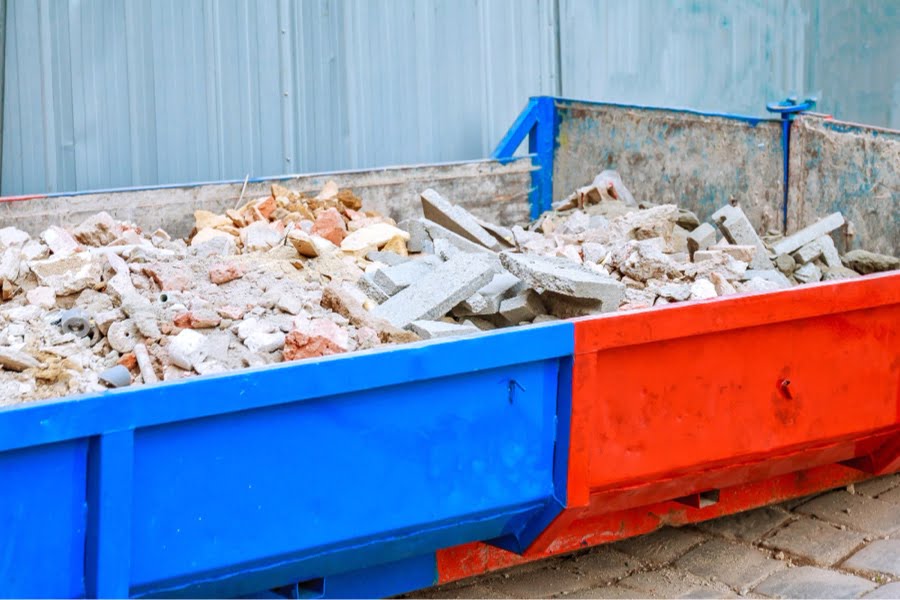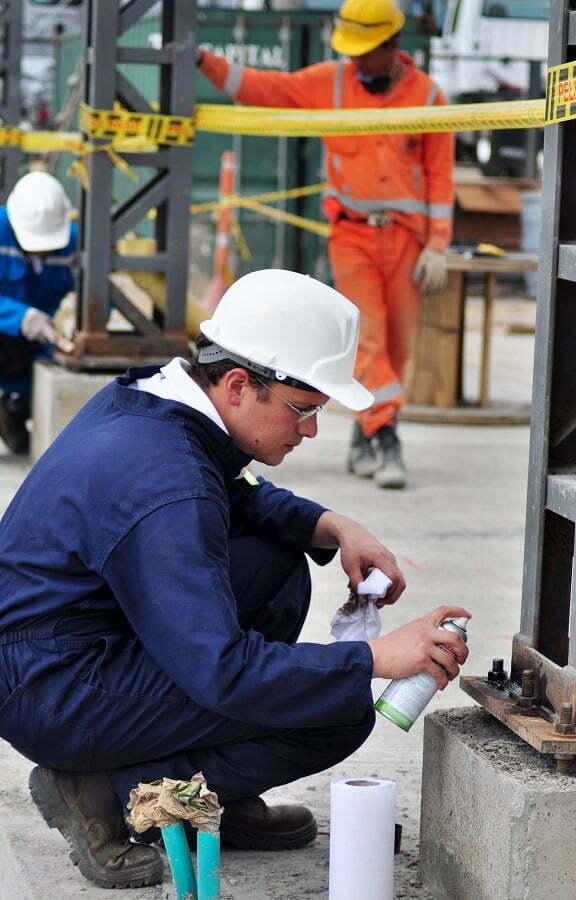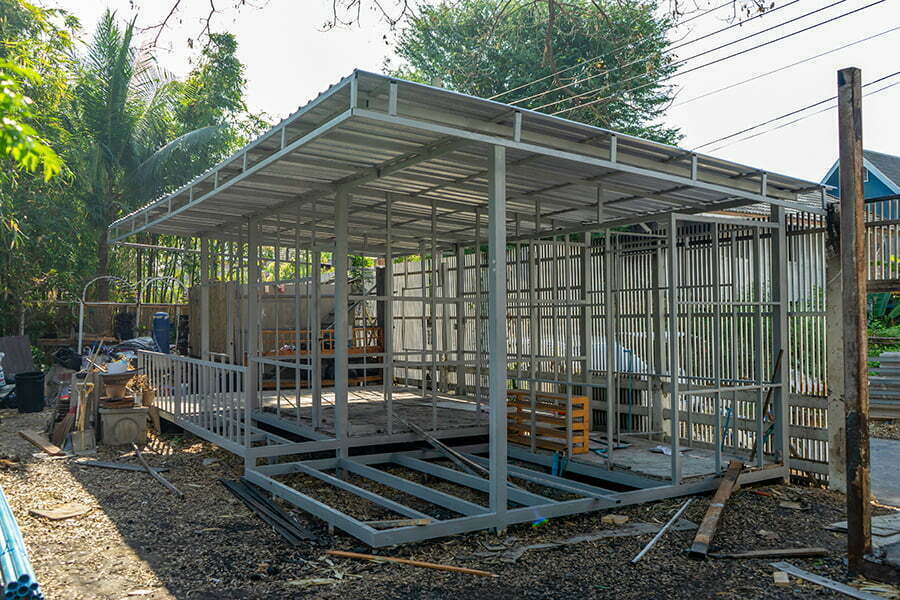Last updated on
Here’s how non-destructive testing of materials can lead to environmentally-friendly construction. Read on!
In our rapidly evolving world, the need for sustainable practices has become more critical than ever. As we strive to protect the environment, non-destructive testing (NDT) has emerged as a powerful tool that contributes to preserving our natural resources.
NDT techniques allow us to assess the integrity of materials, structures, and systems without causing harm or damage. By minimizing waste and enhancing efficiency, NDT plays a significant role in safeguarding the environment and promoting sustainable development.
In this blog post, we will explore six impactful ways in which non-destructive testing helps preserve the environment.
Reduction in Material Waste

Reducing material waste is a crucial aspect of preserving the environment, and non-destructive testing (NDT) plays a significant role in achieving this goal. NDT techniques enable thorough inspection and assessment of materials and structures without causing damage or generating excessive waste.
By employing methods such as ultrasonic testing, radiographic testing, or magnetic particle inspection, NDT allows for the detection of defects, flaws, or irregularities in materials and components, ensuring their quality and durability. This proactive approach helps prevent premature failure or breakdown, reducing the need for replacement and minimizing the amount of waste generated.
By utilizing NDT methods, industries can optimize their resource utilization, minimize material consumption, and contribute to a sustainable and eco-friendly approach to manufacturing and construction processes.
Energy Conservation

Traditional methods of evaluating energy systems, such as pipelines, power plants, and industrial machinery, often involve shutting down operations, leading to significant energy loss.
However, non-destructive testing methods enable the evaluation of energy systems without disrupting their operation, allowing for the detection of inefficiencies, leaks, or malfunctions, and ultimately optimizing energy consumption and promoting sustainable energy practices.
Considering companies such as MFE Inspection Solutions can be highly beneficial as they can provide comprehensive and cutting-edge solutions for financial institutions, enabling them to enhance their risk management strategies and achieve greater operational efficiency.
This not only can enhance operational efficiency but also can reduce the overall demand for energy production, ultimately benefiting the environment.
Enhanced Safety and Risk Mitigation

Ensuring public safety and mitigating risks are paramount concerns when it comes to infrastructure and industrial operations. Non-destructive testing techniques provide valuable insights into potential risks and flaws in critical structures such as bridges, buildings, and pipelines.
By accurately assessing their structural integrity, NDT helps identify areas that require attention and allows for prompt repairs or maintenance. This proactive approach minimizes the risk of catastrophic failures, preventing environmental disasters such as oil spills, gas leaks, or structural collapses.
By averting these incidents, NDT significantly reduces the potential ecological consequences and helps protect the environment.
Extended Lifespan of Structures

Regular non-destructive testing contributes to the extended lifespan of structures, further promoting environmental preservation. By detecting and addressing minor flaws or signs of deterioration at an early stage, NDT enables timely repairs and maintenance.
This proactive approach prevents the need for premature replacement of structures, reducing the consumption of construction materials, energy, and resources required for new infrastructure.
By maximizing the useful life of existing structures, NDT reduces waste generation and minimizes the environmental impact associated with construction activities.
Reduced Emissions and Pollution
Non-destructive testing techniques have a significant impact on emissions reduction and pollution prevention across various industries. By facilitating the detection of defects or inefficiencies in equipment and machinery, NDT helps optimize their performance.
For example, a precise inspection of vehicle engines using NDT can improve fuel efficiency and reduce harmful exhaust emissions, contributing to a cleaner environment and improved air quality.
Similarly, NDT plays a critical role in industries such as aerospace and manufacturing by enabling the identification of energy-intensive processes, allowing for optimization and emission reduction.
Minimization of Environmental Contamination
In sectors like oil and gas, non-destructive testing is instrumental in ensuring the integrity of pipelines, storage tanks, and offshore structures. By detecting leaks, cracks, or corrosion, NDT helps prevent environmental contamination through the release of hazardous substances.
Timely identification and resolution of potential risks contribute to the protection of ecosystems, water sources, and wildlife from the detrimental effects of pollution. NDT plays a vital role in maintaining the integrity of infrastructure and preventing environmental disasters that can have long-lasting ecological impacts.
Non-destructive testing has become an invaluable tool for preserving the environment and promoting sustainable practices. Through its ability to reduce material waste, conserve energy, enhance safety, extend the lifespan of structures, reduce emissions and pollution, and minimize environmental contamination, NDT offers practical solutions to environmental challenges.
Embracing non-destructive testing practices enables us to move towards a greener future where the preservation of natural resources and the protection of the environment are at the forefront of our priorities. As we continue to prioritize sustainability, the widespread adoption of non-destructive testing will play a crucial role in achieving our environmental goals and fostering a more sustainable world for generations to come.
Related reading:
Table of Contents





